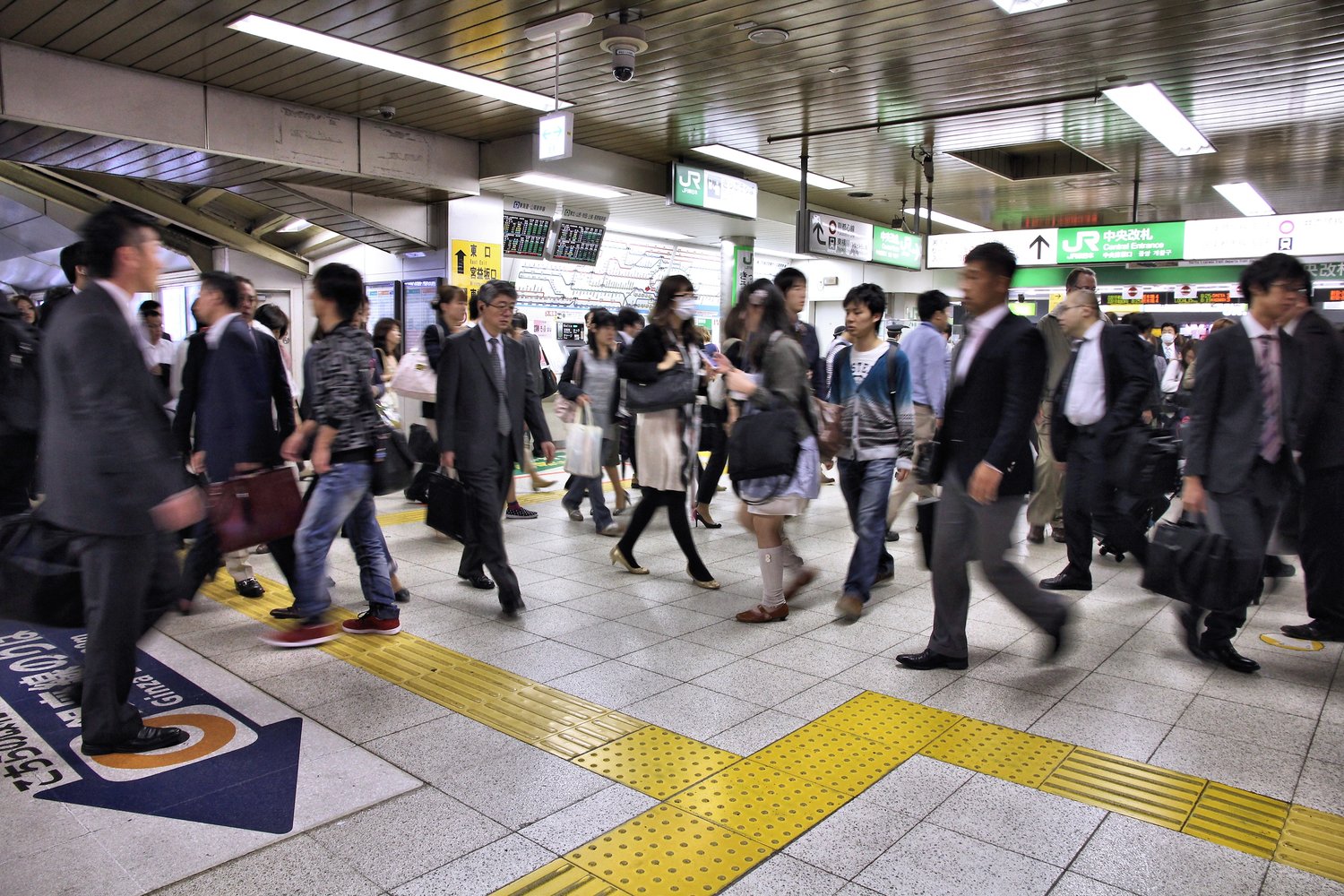La Edad de Oro
2012 - Film & Video (Film & Video)
1:16 minutes
Javier Castro
In the film La Edad de Oro (The Golden Age) Javier Castro asks several children to describe what they want to be when they grow up and what their best career option is in Cuba. Their responses are telling: some hopeful or playful in nature as one would expect, and others crudely revealing the harsh reality that the children perceive. The work takes its title from a children’s magazine produced by José Martí in 1889, during the years leading to the Cuban War of Independence from Spain in which Marti lost his life. Containing drawings, short stories, and poems, the magazine highlighted the phrase “the children are the hope of the future,” which became a central rally of the Cuban revolution. A pertinent and powerful work, La Edad de Oro speaks of the fallibility of the revolutionary ideal, exposing the struggle of Cuban society and its anxiety about the future—all of it as seen through the eyes of their young.
Javier Castro was born in the in the neighbourhood of San Isidro in the heart of Habana Vieja, Cuba, where he lives and works. Influenced by the unique historical and present idiosyncrasies that define his neighbourhood—which is famous both as the site of José Martí’s (poet and martyr of the war for independence from Spain) childhood home, and the birthplace and murder of Alberto Yarini, a Cuban pimp, racketeer, and heroic symbol of Cuban identity—he films daily scenes from this area of the city, studying its tensions with an anthropological eye. Although he has previously worked in several media including installation and photography, he grew interested in video because of its ability portray the vitality of the present moment in the most immediate way possible. For Castro, it’s essential to capture reality in its most raw and unadulterated form, and hence he uses as little equipment as possible—no lights, sets or scripts—in order to preserve the natural dynamics of an environment. As a consequence, the people we see in his videos are never subject to artificial conditions. As described by Castro, the neighbourhood is his studio and his role as an artist is not to produce work, but rather to find and capture it without touching it. The social dimension of his practice is also important for Castro. At its very core, his work is about the people that he depicts and his own interrelations with them as another inhabitant of Habana Vieja. It’s this closeness and familiarity that allows him to earn his subjects’ trust, which ultimately leads to their honest portrayal. From his interactions with people emerge questions that speak of the human condition: the economy, language, sexuality, and violence all entangled in the stories of sociality and survival in Havana.
Colors:
Other related works, blended automatically
» see more

© » KADIST
Javier Castro
2008In the video Negro sobre Negro (Black on Black) all we see is a completely black screen on a monitor that is recessed into a wall, also painted black...
Related works sharing similar palette
» see more

© » KADIST
Jedediah Caesar
2009For Untitled, Caesar encased recycled objects such as scraps of plywood, paper or cloth in resin and then cut and reassembled the pieces into abstract forms...
Other works by: » Javier Castro
» see more

© » KADIST
Javier Castro
2008In the video Negro sobre Negro (Black on Black) all we see is a completely black screen on a monitor that is recessed into a wall, also painted black...

© » KADIST
Javier Castro
2014In the video Blanco sobre Blanco (White on White) , we see a white man appearing in a white screen embedded into a white wall— alluding to Malevich’s White on White series...
Related works found in the same semantic group
» see more

© » KADIST
Adrian Melis Sosa
2015Shot a few months before the USA and Cuba restored diplomatic relations in 2015, The New Man and My Father looks into the quiet aftermath of one family’s individual experience of the Cuban Revolution (1953-1959)...

© » KADIST
Luis Garciga
2009In Destinos Posibles Garciga performs a service in Havana, Cuba by offering strangers in the streets a “ride” to wherever they are going for free, in exchange he demands that the passengers address the question “what do they want from life?” A poignant video within the context of the limitations the Cubans have in terms of choices, desires, fantasies, and longing....

© » KADIST
Felipe Dulzaides
2006I Am Cuba— “Soy Cuba” in Spanish; “Ya Kuba” in Russian—is a Soviet/Cuban film produced in 1964 by director Mikhail Kalatozov at Mosfilm...

© » KADIST
Adrian Melis Sosa
2008In Cuba, due to the lack of materials, workers of state-owned construction companies must remain at work without doing anything, waiting for the end of the working day...



